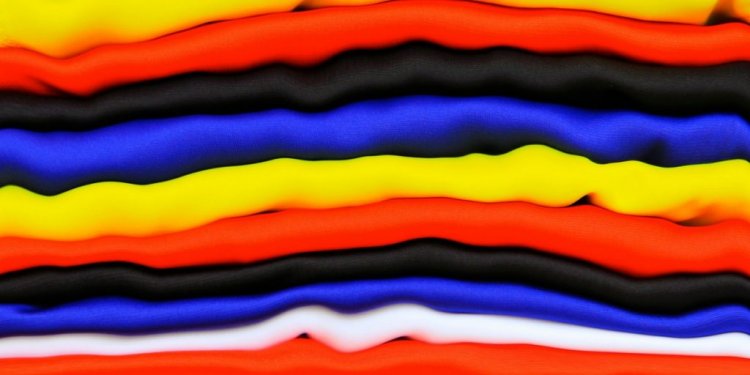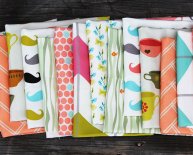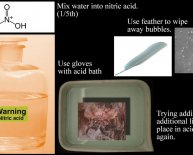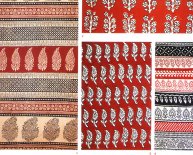
Does polyester wick moisture
Everyone deals with perspiration - whether it happens when you're exercising or when you're nervous on a first date. Regardless of what causes your body to heat up, sweating is its way of cooling itself down. Some people sweat more than others, but we all sweat. In fact, the average human has more than 2.5 million sweat glands on his or her body. People with overactive sweat glands are often embarrassed when sweat stains appear near the armpit area or when sweat soaks through the back of a shirt or pants. The good news is that some new fabrics can actually help conceal excessive perspiration.
Traditionally, natural fabrics like cotton, linen and even wool have been better for excessive sweaters than synthetic fabrics because they breathe better. Linen is the lightest of the three fabrics and will probably make you feel "cooler, " and light wool, like merino, helps transfer heat away from the body to provide a cooling effect. Light, 100-percent cotton is a good choice as well because it's breathable, which means the fabric absorbs moisture, in this case perspiration, in short order. Since the body cools when air hits moist skin, cotton is a good if you need to get your body temperature down in a hurry. But where cotton and other natural fabrics fall short is that they all retain the excessive moisture that doesn't evaporate from the skin. In other words, if you're sweating, everyone can tell.
Modern fabric technology has come a long way to help people keep cool, and it's become a huge part of the athletic apparel industry. You've probably heard of fabrics that "wick away moisture, " but you may not know what that means. Just like a candle draws wax up the wick to the flame, wicking fabric pulls moisture from the body to the exterior of the shirt where it can evaporate more easily.
Many wicking fabrics are made from polyester blends, and we already know that synthetic materials don't retain moisture like natural fabrics do. Polyester holds on to only about 0.4 percent of moisture; cotton just 7 percent. Unlike regular polyester, though, wicking fabrics are woven in such a way that the moisture is forced into and through the gaps in the weave so it can find the outer shell of the material. The weave itself makes the material highly permeable. Many of these materials are also chemically treated so that moisture won't soak into it. For purists, there are also non-treated versions of these fabrics.
















